
Pattaya: The Vibrant Beach City of Thailand
Discover Pattaya: Thailand's beach city with vibrant nightlife, stunning beaches, family attractions, and diverse dining options. The perfect blend of excitement and relaxation.
Pattaya is a bustling city on Thailand's eastern Gulf coast, known for its vibrant nightlife, beautiful beaches, and diverse attractions. Once a quiet fishing village, Pattaya has transformed into a popular destination for tourists from around the world. The city's famous Walking Street is a must-visit for its lively atmosphere, filled with bars, clubs, and restaurants that stay open till the early hours of the morning. Beyond its nightlife, Pattaya offers a variety of activities and sights for visitors of all ages. The city's beaches, such as Pattaya Beach and Jomtien Beach, provide the perfect spots for sunbathing, swimming, and water sports. For those seeking a more tranquil experience, the nearby islands like Koh Larn offer crystal-clear waters and pristine sands. Families will enjoy attractions like the Pattaya Dolphinarium, Cartoon Network Amazone Waterpark, and the Sanctuary of Truth, a stunning wooden temple that showcases intricate carvings. Pattaya is also a shopper's paradise, with markets, malls, and street vendors offering everything from local handicrafts to international brands. The city's culinary scene is equally impressive, featuring a wide range of Thai and international cuisines. From street food stalls to fine dining restaurants, there's something to satisfy every palate. With its unique blend of urban excitement and natural beauty, Pattaya promises an unforgettable experience for every traveler.
Local tips in Pattaya
- Visit Walking Street in the evening for the best nightlife experience.
- Take a day trip to Koh Larn for a quieter beach experience.
- Explore the local markets for unique souvenirs and street food.
- Bring sunscreen and stay hydrated during your beach days.
- Consider visiting during weekdays to avoid weekend crowds.
- Learn a few basic Thai phrases to enhance your interactions with locals.
Neighbourhoods in Pattaya
Pattaya: The Vibrant Beach City of Thailand
Pattaya is a bustling city on Thailand's eastern Gulf coast, known for its vibrant nightlife, beautiful beaches, and diverse attractions. Once a quiet fishing village, Pattaya has transformed into a popular destination for tourists from around the world. The city's famous Walking Street is a must-visit for its lively atmosphere, filled with bars, clubs, and restaurants that stay open till the early hours of the morning. Beyond its nightlife, Pattaya offers a variety of activities and sights for visitors of all ages. The city's beaches, such as Pattaya Beach and Jomtien Beach, provide the perfect spots for sunbathing, swimming, and water sports. For those seeking a more tranquil experience, the nearby islands like Koh Larn offer crystal-clear waters and pristine sands. Families will enjoy attractions like the Pattaya Dolphinarium, Cartoon Network Amazone Waterpark, and the Sanctuary of Truth, a stunning wooden temple that showcases intricate carvings. Pattaya is also a shopper's paradise, with markets, malls, and street vendors offering everything from local handicrafts to international brands. The city's culinary scene is equally impressive, featuring a wide range of Thai and international cuisines. From street food stalls to fine dining restaurants, there's something to satisfy every palate. With its unique blend of urban excitement and natural beauty, Pattaya promises an unforgettable experience for every traveler.
When is the best time to go to Pattaya?
Iconic landmarks you can’t miss
Pattaya Walking Street
Experience the electric nightlife at Pattaya Walking Street, where vibrant markets, lively entertainment, and delicious cuisine await every visitor.
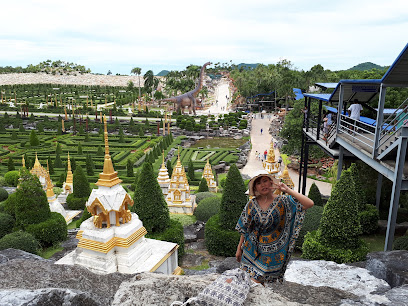
Nong Nooch Botanical Garden
Explore the lush landscapes and cultural delights of Nong Nooch Botanical Garden, a true tropical paradise in Chon Buri, Thailand.
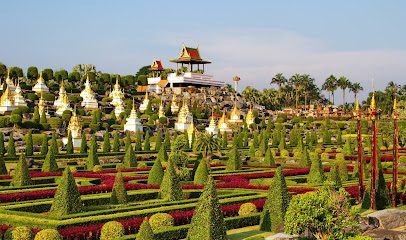
Terminal 21 Pattaya
Explore the world of shopping at Terminal 21 Pattaya, where each level offers a unique cultural experience inspired by iconic global cities.

Sanctuary of Truth
Explore the Sanctuary of Truth, a stunning wooden temple in Pattaya, Thailand, showcasing intricate carvings and rich cultural heritage.

Pattaya Floating Market
Discover the vibrant Pattaya Floating Market, where culture, cuisine, and crafts come together in a unique floating experience.
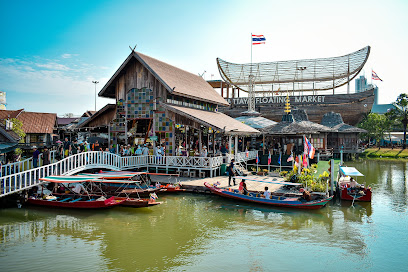
Pattaya Night Bazaar
Discover the enchanting Pattaya Night Bazaar, where vibrant street culture meets delicious food and unique shopping experiences under the stars.
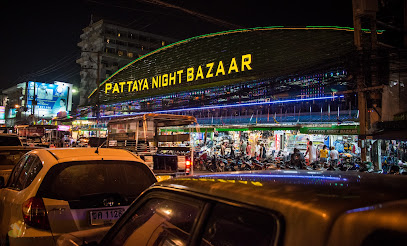
Pattaya Beach Lock 88
Discover the vibrant energy of Pattaya Beach Lock 88, where sun, sand, and local culture converge for an unforgettable tropical getaway.
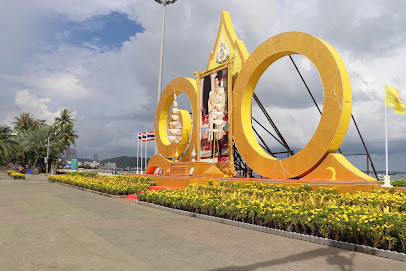
Wat Phra Yai
Discover the tranquility and beauty of Wat Phra Yai, an iconic Buddhist temple in Pattaya featuring a magnificent golden Buddha statue and breathtaking views.
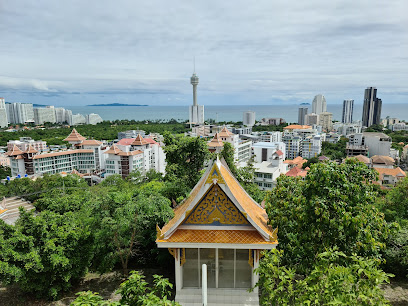
Art In Paradise Pattaya
Explore the enchanting world of 3D art at Art In Paradise Pattaya, a unique interactive museum perfect for all ages.
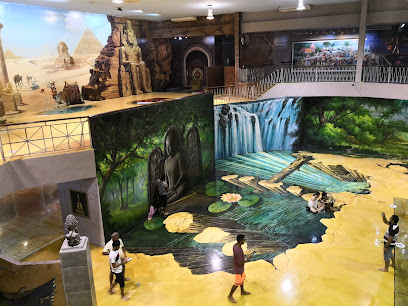
Tiger Park Pattaya
Explore Tiger Park Pattaya, where unforgettable encounters with majestic tigers await in a family-friendly environment rich in wildlife and adventure.
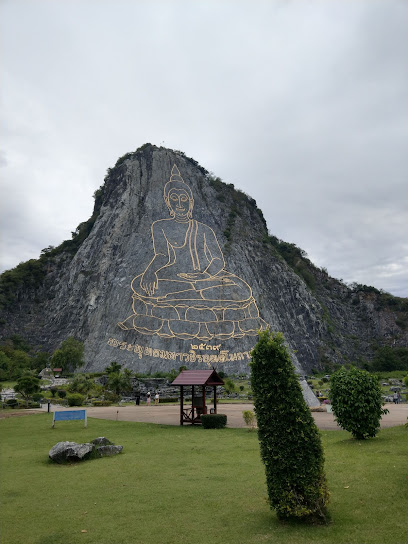
Phra Tamnak Mountain Viewpoint
Discover the stunning vistas of Phra Tamnak Mountain Viewpoint, a scenic spot that captures the natural beauty of Thailand's coastline and lush landscapes.
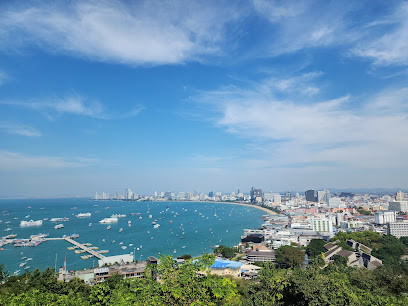
Jomtien Night Market
Experience the bustling atmosphere of Jomtien Night Market, where delicious street food meets vibrant shopping in Pattaya, Thailand.
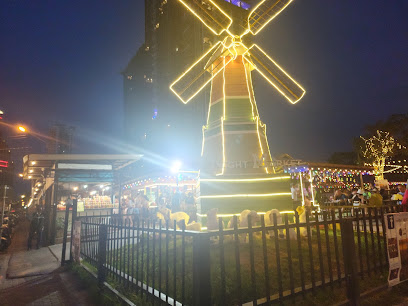
Ripley's Believe It or Not! Pattaya
Discover the extraordinary at Ripley's Believe It or Not! Pattaya, where curiosity meets wonder in a museum filled with unique exhibits and interactive experiences.

Royal Garden Plaza
Discover the vibrant Royal Garden Plaza in Pattaya, where shopping meets entertainment in a beautiful coastal setting.
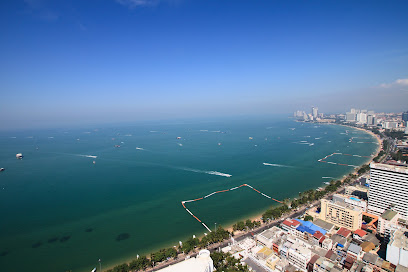
Mini Siam
Explore the wonders of the world in miniature at Mini Siam, Pattaya's captivating theme park showcasing iconic landmarks from around the globe.

Unmissable attractions to see
Nong Nooch Botanical Garden
Explore the colorful and diverse Nong Nooch Botanical Garden in Chon Buri, where nature and culture blend seamlessly in a tropical paradise.
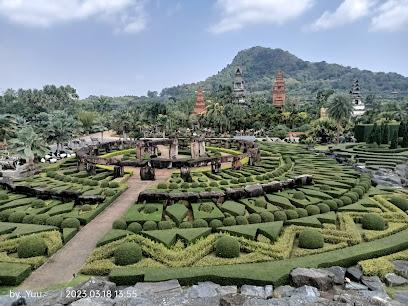
Sanctuary of Truth
Explore the Sanctuary of Truth in Pattaya, a stunning wooden temple blending art, spirituality, and culture, revealing the essence of Eastern philosophy.
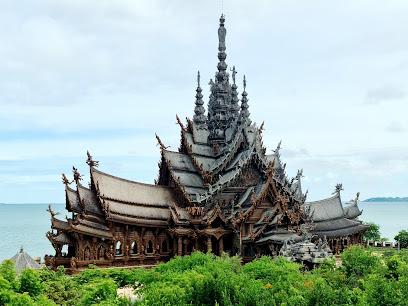
Alcazar Cabaret Show
Discover the Alcazar Cabaret Show in Pattaya, a vibrant celebration of Thai culture and artistry through dazzling performances and stunning costumes.
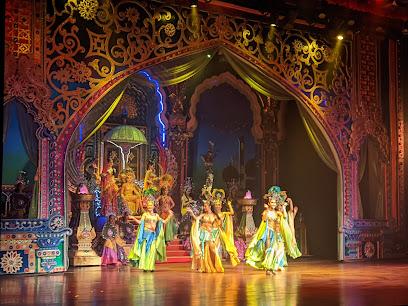
Pattaya Floating Market
Experience the vibrant culture and delicious flavors at Pattaya Floating Market – a must-visit destination in Thailand.
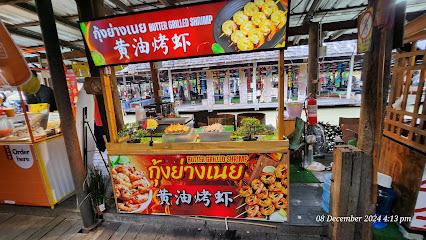
Pattaya Beach Lock 88
Discover the enchanting beauty of Pattaya Beach Lock 88, where sun, sand, and vibrant culture create an unforgettable tropical experience.
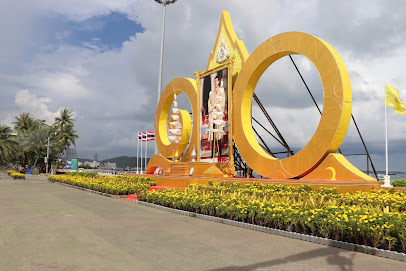
Wat Phra Yai
Explore Wat Phra Yai, Pattaya's iconic Buddhist temple featuring a majestic golden Buddha and serene gardens, a must-visit for every traveler.
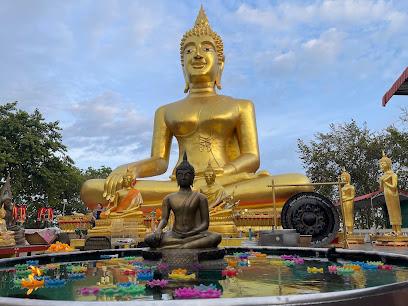
Art In Paradise Pattaya
Experience a world of creativity and illusion at Art In Paradise Pattaya, where every artwork invites you to step inside for a magical photo adventure.
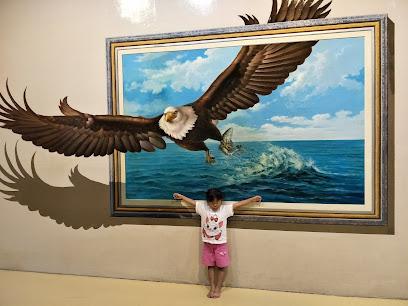
Bali Hai Pier
Experience the vibrant atmosphere and breathtaking views at Bali Hai Pier, the gateway to Pattaya's stunning islands and lively waterfront.
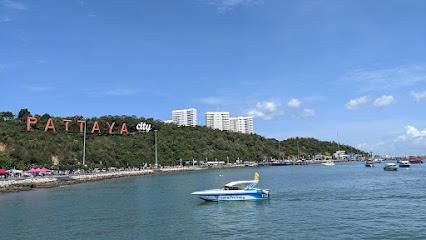
Tiger Park Pattaya
Explore Tiger Park Pattaya, a captivating animal park where you can interact with majestic tigers in a safe and ethical environment, perfect for animal lovers.
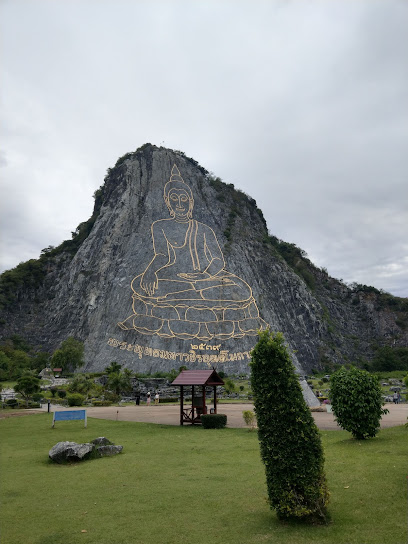
Underwater World Pattaya
Explore the mesmerizing underwater realms at Underwater World Pattaya, where marine life comes to life in spectacular ways for the whole family.
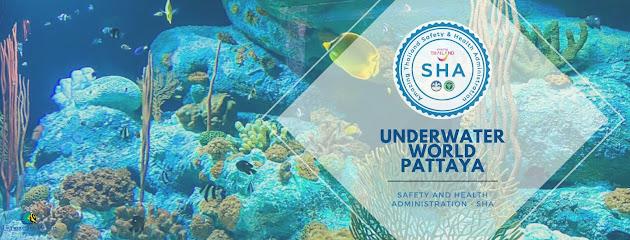
Tawaen Beach
Tawaen Beach: A breathtaking shoreline in Chon Buri, Thailand, offering a perfect blend of relaxation, adventure, and delightful local cuisine.
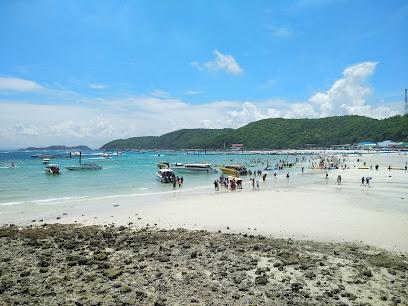
Phra Tamnak Mountain Viewpoint
Experience stunning panoramic views and serene escapes at Phra Tamnak Mountain Viewpoint, a must-see scenic spot in Chon Buri.
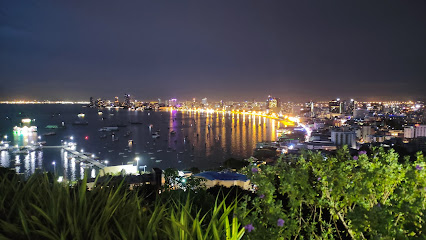
Columbia Pictures Aquaverse
Experience the thrill of Columbia Pictures Aquaverse, a premier water park in Sattahip, Thailand, featuring rides, attractions, and entertainment for the whole family.
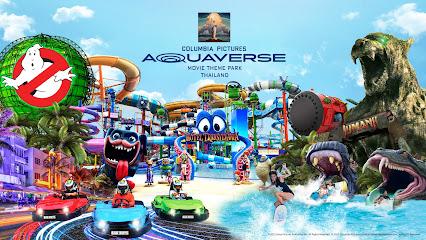
Ripley's Believe It or Not!
Experience the extraordinary at Ripley's Believe It or Not! in Pattaya, where bizarre exhibits and thrilling attractions await curious travelers.

Mini Siam
Discover Mini Siam in Pattaya, where miniature landmarks come to life, showcasing Thailand's and the world's architectural wonders in one enchanting park.
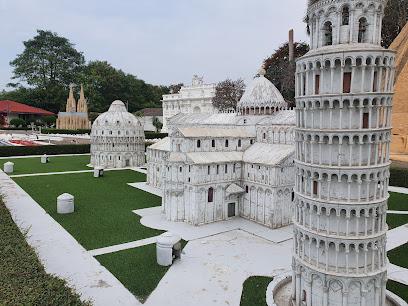
Essential places to dine
The Sky Gallery
Experience breathtaking ocean views and exquisite cuisine at The Sky Gallery in Pattaya – where every meal becomes a memorable event.

Surf & Turf Beach Club & Restaurant
Experience culinary bliss at Surf & Turf Beach Club & Restaurant in Pattaya – where exquisite flavors meet stunning ocean views.
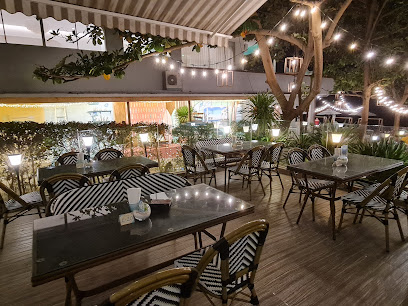
Jasmin's Café
Savor authentic Thai cuisine and delightful brunch options at Jasmin's Café in Pattaya – where every meal is a celebration.
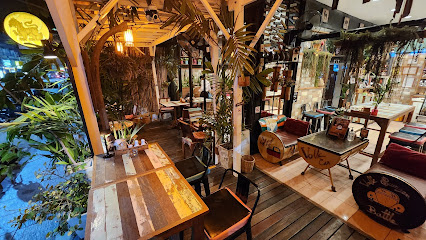
Cabbages & Condoms
Discover the flavors of Thailand at Cabbages & Condoms—where delicious cuisine meets social awareness in an unforgettable dining experience.
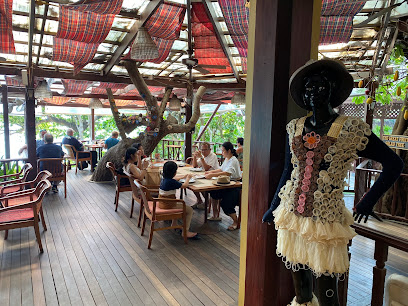
Surf Kitchen Restaurant
Discover authentic Thai flavors at Surf Kitchen Restaurant in Pattaya - where delicious meets affordable.
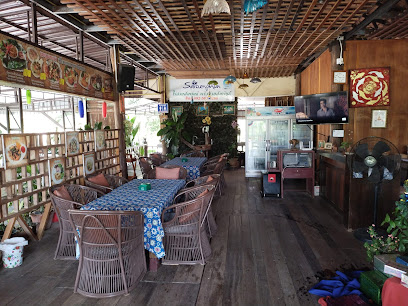
Robin Hood Tavern
Discover the delightful flavors of English cuisine at Robin Hood Tavern in Pattaya – your go-to spot for hearty breakfasts and succulent steaks.
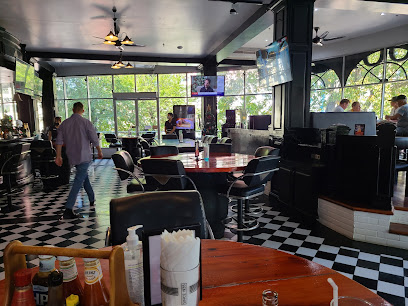
Indiagate Restaurant Pattaya
Discover authentic Indian flavors at Indiagate Restaurant in Pattaya's lush garden setting, perfect for food enthusiasts and casual diners alike.
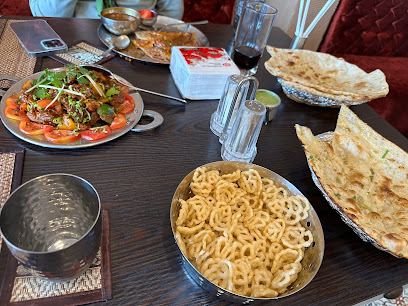
Casa Pascal Restaurant
Discover fine dining at Casa Pascal Restaurant in Pattaya – where exquisite flavors meet elegant ambiance for an unforgettable culinary journey.

Cafe des Amis Fine Dining
Experience exquisite French cuisine at Cafe des Amis Fine Dining in Pattaya—where culinary artistry meets elegant ambiance.
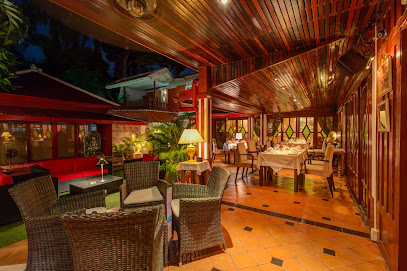
Ruenthai Restaurant
Experience authentic Thai cuisine at Ruenthai Restaurant in Pattaya – where tradition meets taste in every dish.
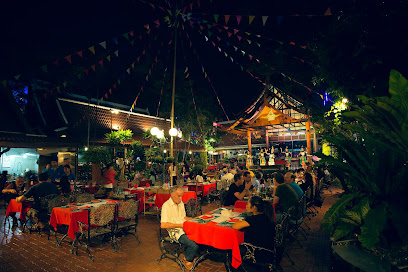
MAYs Pattaya
Discover authentic Thai flavors at MAYs Pattaya – a must-visit culinary destination in Thailand's vibrant coastal city.
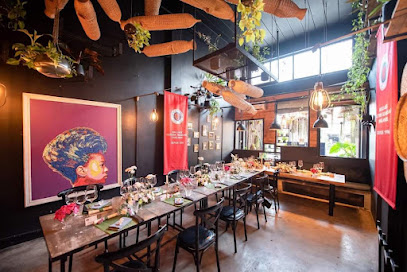
Five Star J Vegan & Vegetarian Restaurant
Discover the vibrant flavors of plant-based cuisine at Five Star J Vegan & Vegetarian Restaurant in Pattaya City.
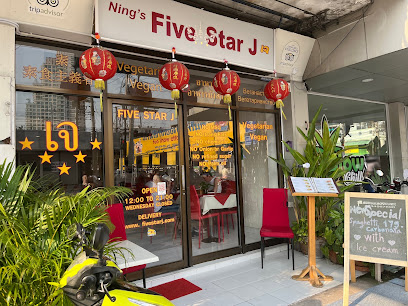
RueMai
Experience the vibrant flavors of Thailand at RueMai – where every dish tells a story and every bite is a celebration.
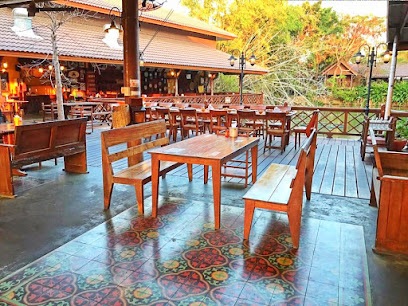
La Ferme
Experience exquisite French cuisine at La Ferme in Pattaya – where culinary artistry meets elegance.
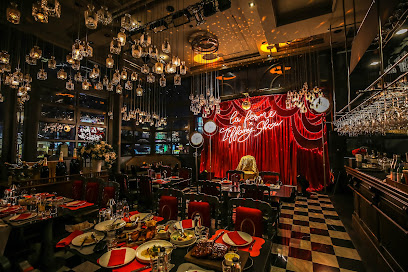
La Bocca Pattaya
Experience authentic Italian cuisine at La Bocca Pattaya—where every dish tells a story and every visit is memorable.
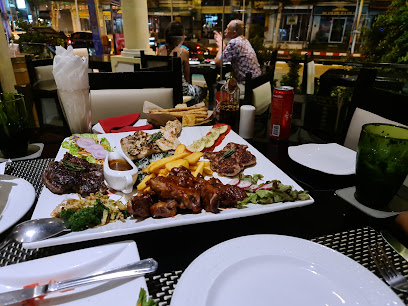
Markets, malls and hidden boutiques
Central Pattaya
Discover the best of shopping and dining at Central Pattaya, a premier shopping mall featuring a blend of local and international brands.
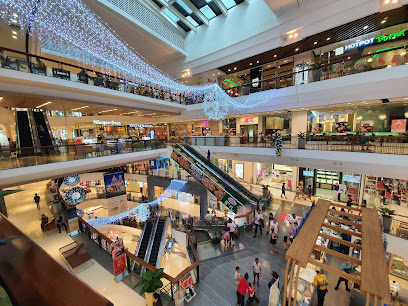
Pattaya Night Bazaar
Discover the vibrant Pattaya Night Bazaar, where shopping, dining, and entertainment come together in a unique night market experience.
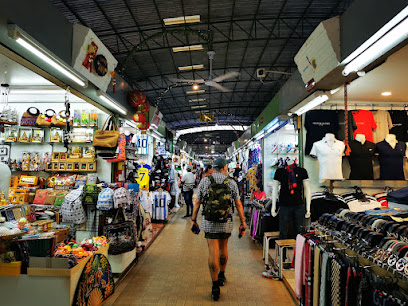
Tukcom South Pattaya
Explore Tukcom South Pattaya, a vibrant shopping mall offering technology, dining, and local culture in one exciting destination.
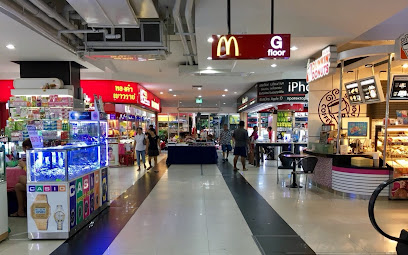
Royal Garden Plaza
Discover shopping, dining, and entertainment at Royal Garden Plaza, the ultimate destination in Pattaya for tourists seeking a lively experience.
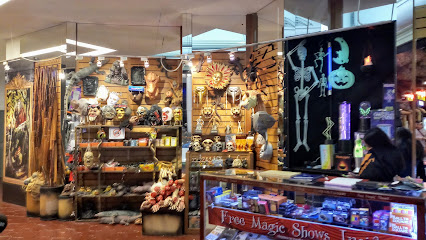
Pattaya Avenue
Discover Pattaya Avenue, the ultimate shopping mall in Thailand offering endless shopping, dining, and entertainment experiences for every traveler.
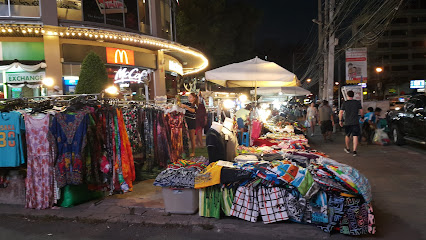
Mike Shopping Mall Anas
Experience the best of shopping and dining at Mike Shopping Mall in Pattaya, a vibrant hub for fashion lovers and foodies alike.
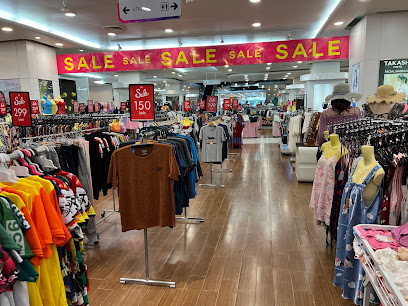
Mike Shopping Mall
Explore Mike Shopping Mall in Pattaya City for an eclectic mix of shopping, dining, and entertainment in a vibrant atmosphere.
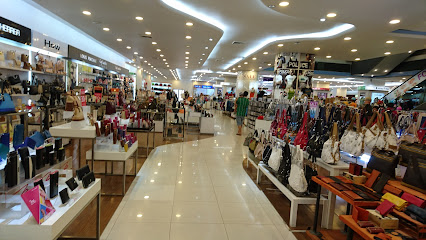
Outlet Mall Pattaya
Discover unbeatable bargains and a vibrant atmosphere at Outlet Mall Pattaya, your ultimate shopping destination in Thailand.
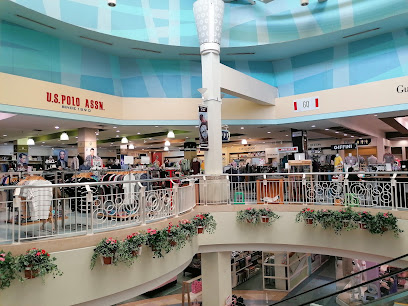
Friendship Supermarket
Explore Friendship Supermarket in Pattaya for local flavors, unique souvenirs, and a vibrant shopping experience amidst the heart of Thai culture.
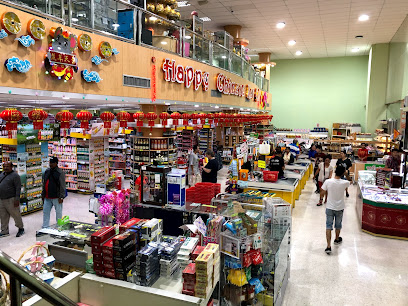
Gems Gallery Pattaya Co,. Ltd.
Explore the exquisite craftsmanship and unique gems at Gems Gallery Pattaya, a treasure trove of jewelry and souvenirs in Thailand.
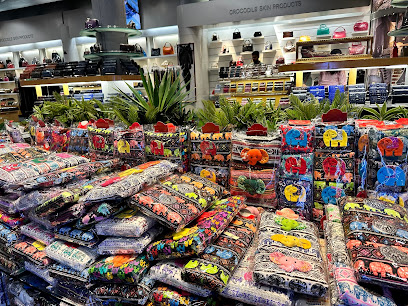
Lukdod Shop Patt
Explore unique souvenirs and local crafts at Lukdod Shop Patt, a charming store in Pattaya perfect for finding authentic mementos of your travels.
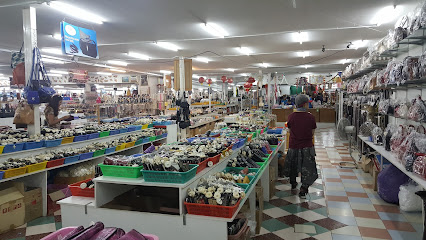
Vibes Cannabis Store & Weed Boutique
Explore the vibrant world of cannabis at Vibes Cannabis Store & Weed Boutique, Pattaya's premier destination for quality products and community events.
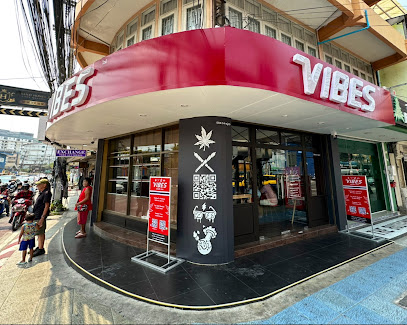
Hong Kong Ping Sou New Shop
Explore unique Thai souvenirs at Hong Kong Ping Sou New Shop, a must-visit destination for travelers seeking authentic gifts and cultural treasures.
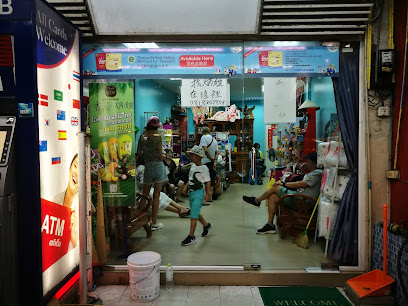
Lily Souvenir
Explore Lily Souvenir in Pattaya City for an exciting range of authentic Thai home goods and souvenirs at fantastic prices.
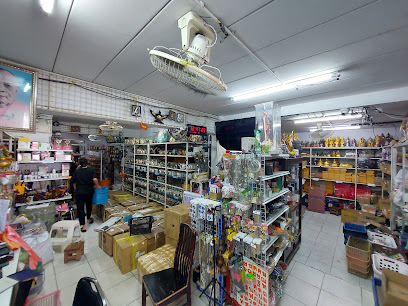
Chic Republic Pattaya
Discover Chic Republic Pattaya, your go-to destination for unique furniture and accessories that blend modern elegance with Thai culture.
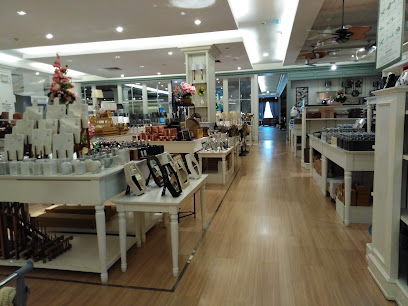
Essential bars & hidden hideouts
Hot Tuna Bar
Discover the vibrant atmosphere and live music at Hot Tuna Bar in Pattaya, a must-visit for an unforgettable nightlife experience.
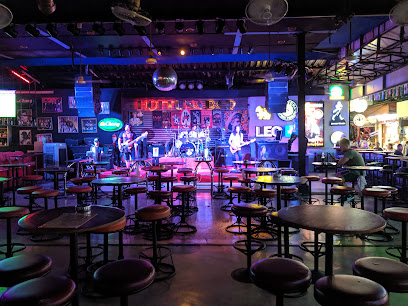
The Triangle Bar
Experience the vibrant nightlife of Pattaya at The Triangle Bar, where great drinks and lively entertainment come together for an unforgettable evening.
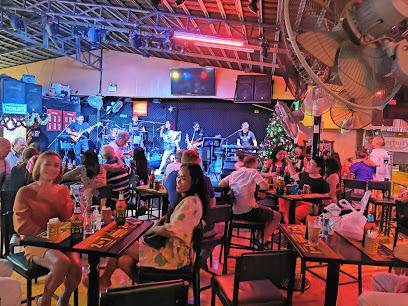
Bee Corner Bar soi 6
Discover the vibrant nightlife and delicious grilled dishes at Bee Corner Bar in Pattaya's famous Soi 6.
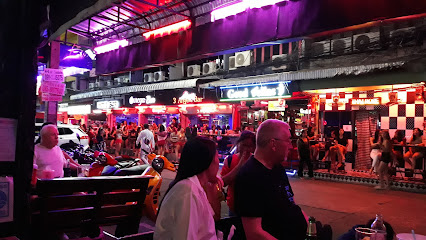
Dicey Reilly's Bar & Restaurant
Discover the lively dining experience at Dicey Reilly's Bar & Restaurant in Pattaya City, where great food and sports come together.
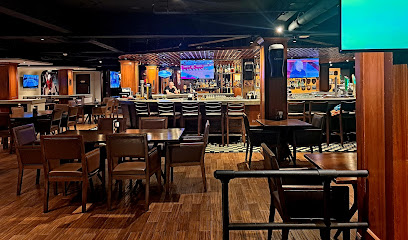
Bodega Bar
Discover the lively Bodega Bar in Pattaya, Thailand, where affordable drinks meet captivating live music for an unforgettable nightlife experience.
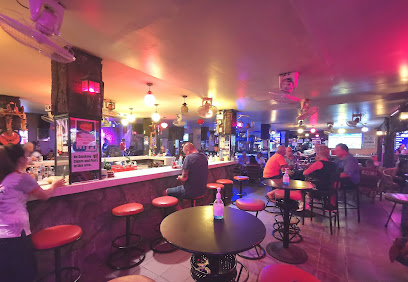
O'Gara’s Irish Restaurant & Bar
Experience authentic Irish hospitality at O'Gara's in Pattaya, where hearty meals and vibrant ambiance await every visitor.
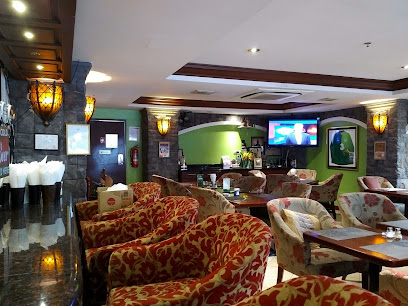
The Marquee - Lambretta Bar & Cafe
Discover a retro haven at The Marquee - Lambretta Bar & Cafe in Pattaya, where nostalgia meets modern comfort in an inviting atmosphere.
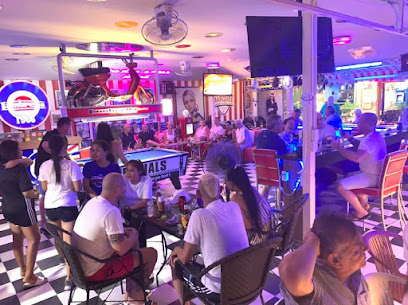
Jameson’s The Irish Pub Pattaya
Discover the vibrant atmosphere and authentic flavors of Jameson’s The Irish Pub Pattaya, a must-visit for a true Irish experience in Thailand.

D.I.B Sky Bar Pattaya
Experience Pattaya's nightlife at D.I.B Sky Bar, where stunning views meet delicious drinks and vibrant entertainment.
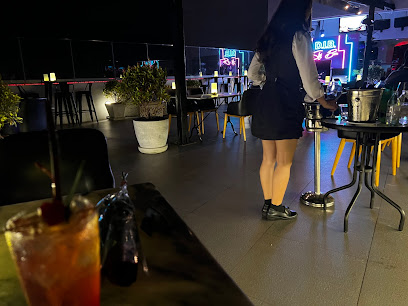
V Lounge & -11 Ice Room
Discover the ultimate nightlife experience at V Lounge & -11 Ice Room in Pattaya, where vibrant cocktails meet chilling adventures.
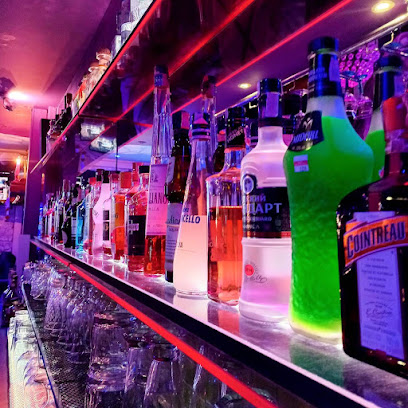
Scooter's Bar Soi Buakhao
Discover Scooter's Bar in Pattaya: Affordable drinks, friendly faces, and a lively atmosphere await you on Soi Buakhao.

New Red Cat Bar
Discover the New Red Cat Bar in Pattaya: a vibrant bar experience with affordable drinks, live entertainment, and a friendly atmosphere.
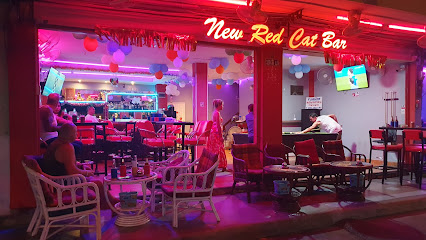
Atlantic Bar Pattaya
Discover the lively nightlife at Atlantic Bar Pattaya, where good vibes, great drinks, and friendly faces await you.
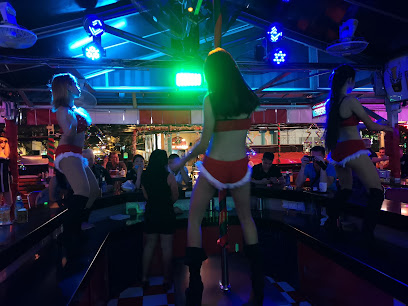
ร้าน Smile's Cocktail Bar Pattaya #บาร์ลับพัทยา
Discover the vibrant atmosphere and unique cocktails at Smile's Cocktail Bar in Pattaya, a must-visit destination for nightlife lovers.
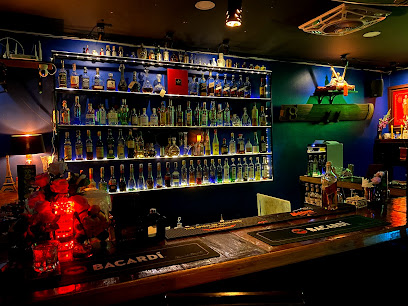
Woodball Pattaya Beach
Experience the vibrant nightlife at Woodball Pattaya Beach, where refreshing cocktails and stunning sunset views await.
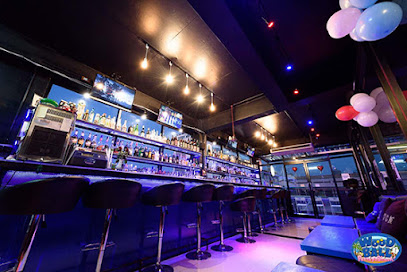
Local Phrases
-
- Helloสวัสดี
[sawasdee] - Goodbyeลาก่อน
[la kon] - Yesใช่
[chai] - Noไม่
[mai] - Please/You're welcomeโปรด/ยินดี
[proht/yin dee] - Thank youขอบคุณ
[khop khun] - Excuse me/Sorryขอโทษ
[koh toht] - How are you?สบายดีไหม?
[sabai dee mai] - Fine. And you?สบายดีครับ/ค่ะ คุณล่ะ?
[sabai dee krap/kha kun la?] - Do you speak English?พูดภาษาอังกฤษได้ไหม?
[poot paa saa ang grit dai mai] - I don't understandฉันไม่เข้าใจ
[chan mai kao jai]
- Helloสวัสดี
-
- I'd like to see the menu, pleaseขอดูเมนูหน่อยค่ะ
[kho du menu noi kha] - I don't eat meatฉันไม่กินเนื้อ
[chan mai gin nuea] - Cheers!ชนเรา
[chon rao] - I would like to pay, pleaseขอแจ้งบิลค่ะ
[kho jaeng bill kha]
- I'd like to see the menu, pleaseขอดูเมนูหน่อยค่ะ
-
- Help!ช่วยด้วย!
[chuai duay] - Go away!ไปทางไหน!
[pai tang nai] - Call the Police!โทรตำรวจ!
[thor tamruat] - Call a doctor!โทรหมอ!
[thor mor] - I'm lostฉันหลงทาง
[chan long tang] - I'm illฉันไม่สบาย
[chan mai sabai]
- Help!ช่วยด้วย!
-
- I'd like to buy...ฉันอยากซื้อ...
[chan yak sue...] - I'm just lookingฉันเพื่อดู
[chan peua du] - How much is it?ราคาเท่าไหร่คะ?
[ra ka thao rai kha] - That's too expensiveแพงเกินไป
[paeng kuen pai] - Can you lower the price?ลดราคาได้ไหม?
[lot ra ka dai mai]
- I'd like to buy...ฉันอยากซื้อ...
-
- What time is it?เวลาเท่าไหร่?
[welaa thao rai] - It's one o'clockเวลาหนึ่งโมง
[welaa nuea mong] - Half past (10)ยี่สิบครึ่ง
[yi sip khueang] - Morningเช้า
[chao] - Afternoonบ่าย
[bai] - Eveningเย็น
[yen] - Yesterdayเมื่อวาน
[meua waan] - Todayวันนี้
[wan ni] - Tomorrowพรุ่งนี้
[prung ni] - 1หนึง
[nuea] - 2สอง
[song] - 3สาม
[sam] - 4สี่
[si] - 5ห้า
[ha] - 6หก
[hok] - 7เจ็ด
[chet] - 8แปด
[paet] - 9เก้า
[kao] - 10สิบ
[sip]
- What time is it?เวลาเท่าไหร่?
-
- Where's a/the...?...อยู่ที่ไหน?
[...yu thi nai] - What's the address?ที่อยู่อยู่ที่ไหน?
[thi yu thi nai] - Can you show me (on the map)?แสดงให้ดูได้ไหม?
[saeng hai du dai mai] - When's the next (bus)?รถเมล์ต่อไปเวลาไหน?
[roh mel tor pai welaa nai] - A ticket (to ....)ตั๋วขาไป...
[dtua kha pai...]
- Where's a/the...?...อยู่ที่ไหน?
History of Pattaya
-
Pattaya's history dates back to the 16th century when it was a small fishing village. Located along the Gulf of Thailand, it became an important stop for fishing and maritime trade. Early settlers engaged in fishery and farming, taking advantage of the rich marine resources and fertile land.
-
The transformation of Pattaya began in the 1960s during the Vietnam War. American soldiers stationed in various parts of Southeast Asia discovered Pattaya as a recreational destination. The influx of foreign troops led to the development of infrastructure, hotels, and entertainment venues, marking the beginning of Pattaya’s tourism industry.
-
Pattaya experienced a tourism boom in the 1980s and 1990s. The city evolved into an international tourist hub with a growing number of resorts, restaurants, and nightlife options. This period saw significant economic growth and urban development, attracting visitors from all over the world.
-
Despite its modern transformation, Pattaya has preserved its cultural and religious heritage. Landmarks such as Wat Phra Yai (Big Buddha Hill) and the Sanctuary of Truth reflect the city's Buddhist roots and traditional Thai architecture. Festivals like Songkran (Thai New Year) and Loy Krathong are celebrated with much enthusiasm, showcasing the city’s rich cultural tapestry.
-
With rapid development came environmental and social challenges. Pattaya faced issues such as coastal erosion, water pollution, and the need for sustainable tourism practices. Efforts have been made to address these concerns through beach restoration projects and environmental initiatives, aiming to balance tourism growth with ecological preservation.
-
Today, Pattaya is a vibrant city known for its diverse cultural influences. It hosts a mix of Thai, Chinese, Indian, and Western communities, contributing to a rich culinary and cultural scene. Modern attractions like the Pattaya Floating Market, Art in Paradise, and the Pattaya Elephant Village offer visitors a blend of traditional and contemporary experiences.
Pattaya Essentials
-
Pattaya is approximately 150 kilometers southeast of Bangkok, Thailand's capital. The most convenient way to get to Pattaya is by flying into Suvarnabhumi Airport (BKK) in Bangkok. From there, you can take a taxi, a private transfer, or a bus directly to Pattaya. The journey typically takes around 1.5 to 2 hours by car. Alternatively, you can take a train from Bangkok's Hua Lamphong Railway Station to Pattaya, which offers a scenic but slower route.
-
Pattaya offers a variety of transportation options. Songthaews (shared pickup trucks) are the most common and affordable way to get around the city. Taxis and motorbike taxis are also readily available. For more freedom, you can rent a motorbike or a car, but be cautious of the traffic and driving conditions. Public buses and minibuses also connect Pattaya to nearby towns and cities. For a unique experience, consider taking a ride on the Pattaya Baht Bus, which operates along fixed routes.
-
The official currency in Pattaya is the Thai Baht (THB). Credit cards are widely accepted in hotels, restaurants, and larger stores, but it is advisable to carry cash for smaller establishments and markets. ATMs are plentiful throughout the city, and currency exchange booths are easily found in tourist areas. Make sure to notify your bank before traveling to avoid any issues with card transactions.
-
Pattaya is generally a safe destination for tourists, but it is important to take standard precautions. Avoid walking alone at night, especially in poorly lit or unfamiliar areas. Be cautious of pickpockets in crowded places and keep an eye on your belongings. Areas such as Walking Street can become rowdy at night, so it's best to stay alert. Scams targeting tourists, such as overpriced services or fake goods, can occur, so always agree on prices beforehand and be wary of deals that seem too good to be true.
-
In case of emergency, dial 191 for police assistance and 1669 for medical emergencies. Pattaya has several hospitals with good facilities, such as Bangkok Hospital Pattaya and Pattaya International Hospital. It is recommended to have travel insurance that covers medical emergencies. For minor health issues, there are numerous pharmacies around the city where you can purchase over-the-counter medications.
-
Fashion: Do dress modestly when visiting temples and religious sites. Avoid wearing overly revealing clothing in public areas. Religion: Do show respect for Buddhist customs, such as removing your shoes before entering temples and not touching religious items. Public Transport: Do be polite to drivers and other passengers. Don’t negotiate fares aggressively with taxi drivers. Greetings: Do greet people with a 'wai', a traditional Thai gesture of respect. Eating & Drinking: Do try local street food but ensure it is from a reputable vendor. Don’t point your feet at people or religious objects, as it is considered disrespectful.
-
To experience Pattaya like a local, visit the local markets such as Thepprasit Night Market, where you can find fresh produce, street food, and unique souvenirs. Engage with locals, who are usually friendly and helpful. Take a stroll along Pattaya Beach in the early morning to see fishermen and locals starting their day. Don't miss the opportunity to visit lesser-known attractions like the Pattaya Floating Market and the Sanctuary of Truth for a deeper cultural experience. For a more relaxed atmosphere, explore the Jomtien Beach area, which is less crowded and offers a more local vibe.
Trending Landmark in Pattaya
-
Pattaya Walking Street
-
Nong Nooch Botanical Garden
-
Terminal 21 Pattaya
-
Sanctuary of Truth
-
Pattaya Floating Market
-
Pattaya Night Bazaar
-
Pattaya Beach Lock 88
-
Wat Phra Yai
-
Art In Paradise Pattaya
-
Tiger Park Pattaya
-
Phra Tamnak Mountain Viewpoint
-
Jomtien Night Market
-
Ripley's Believe It or Not! Pattaya
-
Royal Garden Plaza
-
Mini Siam
Nearby Cities to Pattaya
-
Things To Do in Rayong
-
Things To Do in Samut Prakan
-
Things To Do in Bangkok
-
Things To Do in Hua Hin
-
Things To Do in Ayutthaya
-
Things To Do in Trat
-
Things To Do in Kanchanaburi
-
Things To Do in Battambang
-
Things To Do in Nakhon Ratchasima
-
Things To Do in Koh Kong
-
Things To Do in Chumphon
-
Things To Do in Siem Reap
-
Things To Do in Koh Rong
-
Things To Do in Koh Samui
-
Things To Do in Sihanoukville
















